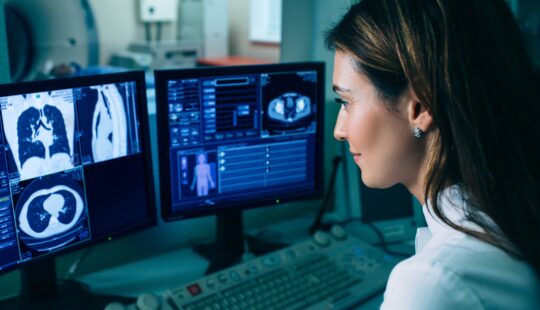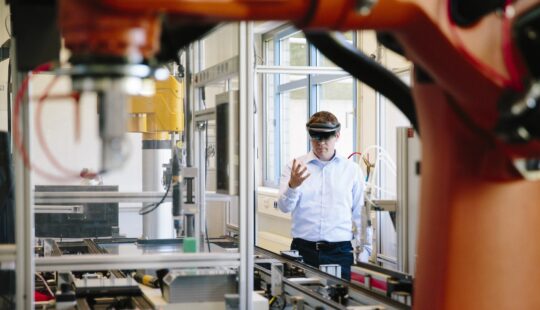What’s News
California faced one of its worst ever September heat waves, burdening its electric system as demand for air conditioning skyrocketed. Government officials asked residents to reduce their use of anything electric — from mixers to televisions — to avoid another of the state’s infamous rolling blackouts.
Attention turned to electric vehicles (EVs) and their use of power as a major energy-sucking culprit. Some argued that was incorrect, as EVs account for less than one percent of the state’s electricity demand. Additionally, electric cars can give back power to the grid.
SAP’s Take
“From a power perspective, you can consider an EV as a large battery, which can input, store and output energy,” said Matthew Sell, SAP chief analyst, competitive and market intelligence. “The output could also include power back to the grid. So, in that sense, they can give back power.”
The overriding benefit of EVs for the power utilities is using them as a tool to smooth out power consumption throughout the day.
For example, during non-peak periods, an EV battery can be charged, and in peak periods the battery can send energy to the grid. This benefit to the power utility can be passed onto the consumer and the EV owner.
“The biggest constraint for adoption of EVs is infrastructure, namely the charging points,” Sell said. “Making these more accessible for all parking locations will help with adoption and ease range anxiety’ issues,” he said, referring to the fear that an electric car won’t make it to the next charging station.
But that could soon be drastically mitigated. On Wednesday, President Joe Biden announced the approval of $900 million to build electric vehicle charging stations in 35 states.
Congress has set aside about $5 billion to be given out to states over the next five years for an EV charging network across the country. Biden’s goal is to make up to 50% of all vehicles sold in the U.S. electric by 2030.
“But electric vehicles are only a part of a larger technological revolution going on in the electric power industry,” said Amar Sindhwad, SAP market research analyst.
“Over time, with infusion of IT technologies — Big Data, AI, etcetera — electric grids can become intelligent,” he said. “Through the cloud, we can preempt such a scenario. We can bring in multiple domains of data — weather patterns data, consumption of power, etcetera — from business and personal life to build scenarios of what might be and then what needs to be done for each scenario.”
There currently is technology even closer at hand that will allow EV owners to trade the power they generate. For example, there are some use cases that allow people to swap power right through Apple Pay, making power as digitized as cash. Aan individual needing 20 units of power can use an iPhone to locate another EV user with 20 to spare.
“The grid is becoming intelligent,” Sindhwad said. “From my car I can give you 20 units of power that you can consume right through a localized grid.”
Contact:
Ilaina Jonas, Senior Director of Global Public Relations, SAP
+1 (646) 923-2834, ilaina.jonas@sap.com



